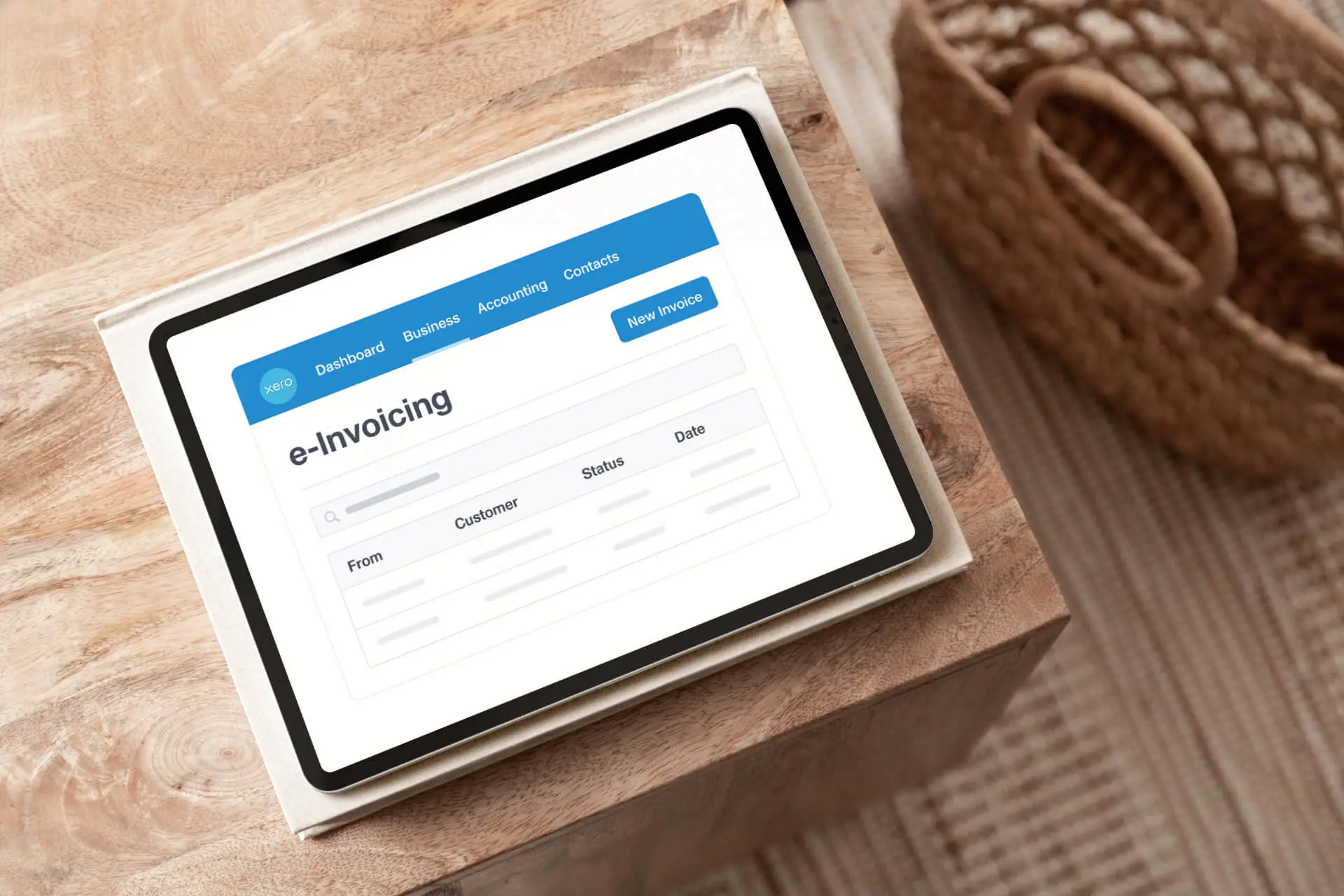The introduction of e-invoicing is a government initiative to improve the way businesses interact with each other to lower the cost of doing business and improve payment times. It is another great step towards digitising Kiwi small business.
To understand the point of e-invoicing, let’s think about how invoicing works today. To request payment for products or services, you’ll either send a paper invoice in the post or a word doc, spreadsheet or PDF file via email. A business recipient will then receive it and check the details and pay it. They will then reconcile the payment transaction and save the invoice for their own accounting record.
This process is far from seamless. First of all, there’s the costly administrative work involved in sending, receiving and recording invoices. Secondly, there’s potential for lost or overlooked invoices that causes delay in payment. We know too well the harsh impact late payments can have on small business cash flow. Then there’s the risk of possible fraud. If an invoice is intercepted it can easily be replicated and sent to customers with a different bank account.

What is e-invoicing?
Electronic invoicing (or e-invoicing) is the ability to send an invoice digitally between the accounting systems of business suppliers and buyers. Unlike sending a PDF file or online invoice via email, the invoice is automatically sent to a buyer’s accounting system through a secure network. So there’s no need for the business to manually handle the invoice. It also works if the two accounting systems are different, because an international standard (Peppol) allows these systems to ‘speak’ to each other.
Benefits of e-invoicing
- Cost savings
e-invoicing automates what is usually a very manual administrative process. It also reduces the number of errors resulting in increased process time and associated costs. - Potential to reduce payment delays
The beauty of e-invoicing is that invoices are delivered almost instantly, directly to the accounting system ready to be approved and paid. We know how time-consuming it is for accounts payable teams to input invoices and process payments. So in effect, e-invoicing will help to reduce some of these barriers to getting paid on time. - Increased security
e-invoices are exchanged through a secure network (Peppol) via trusted service providers. These providers must validate sender and receiver details. They must also follow strict protocols to ensure invoices remain secure while they are sent across the network.
E-invoicing with Xero!
E-invoicing with Xero will be delivering e-invoicing capability in the coming months, starting with the ability to send e-invoices from Xero. The ability to receive e-invoices in Xero from your suppliers will follow soon after.
Benefits of e‑Invoicing
- Faster payments – government agencies aim to pay within 5 days
- Less admin – no scanning, printing, or chasing manual invoices
- Fewer errors – no data re-entry, better accuracy
- Future-proof – meet upcoming compliance requirements with confidence
Let’s get you set up
Ready to modernise your invoicing process?
Contact me today to get started with e‑Invoicing for your business.

